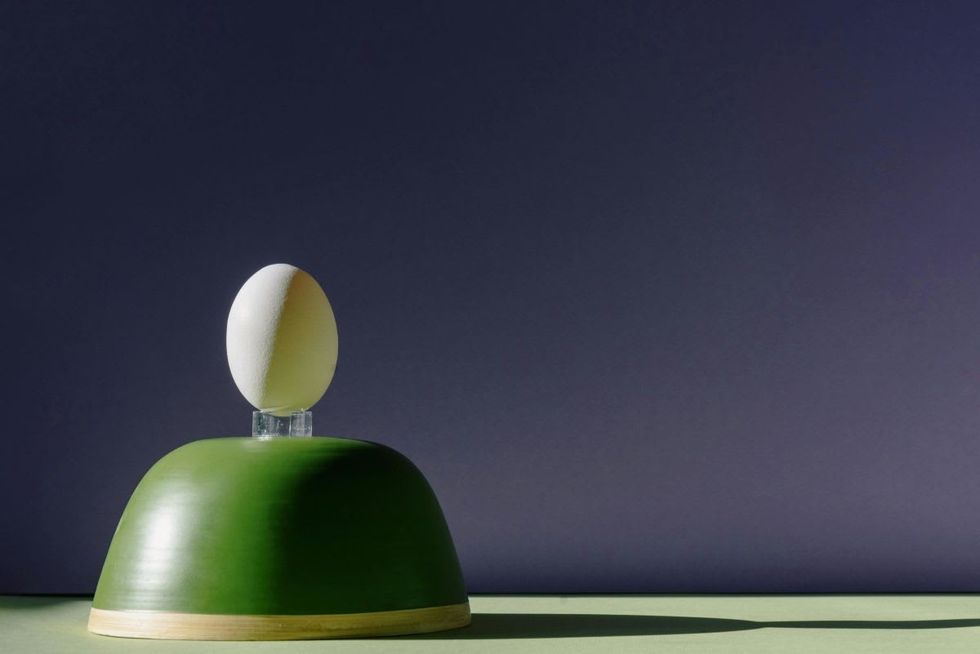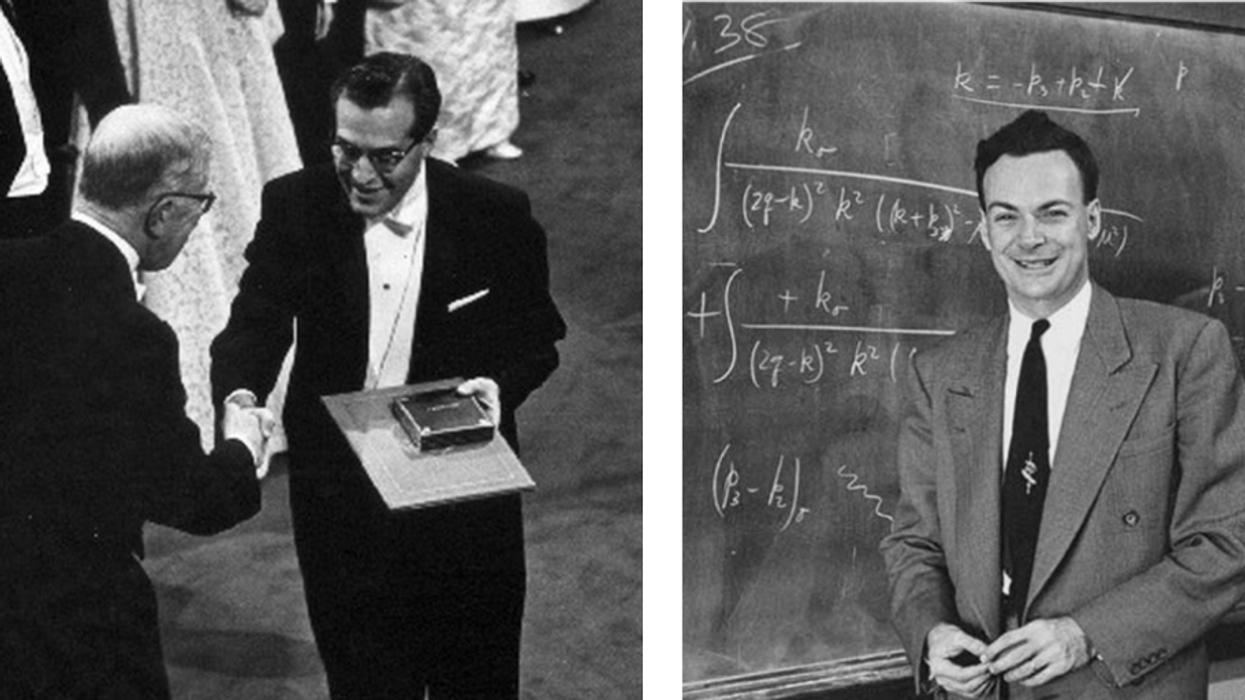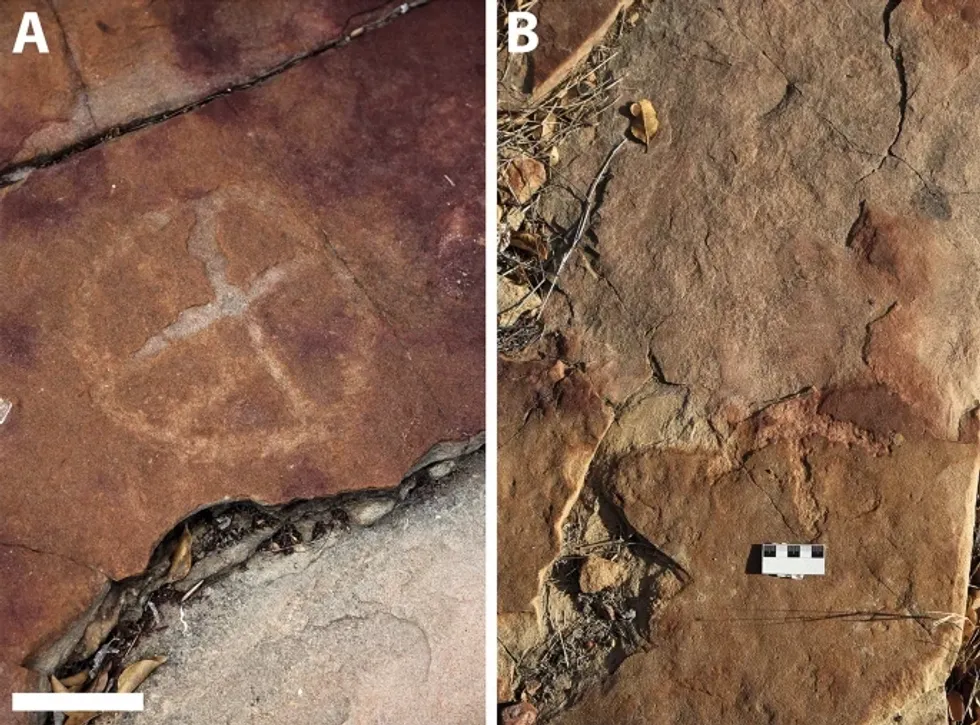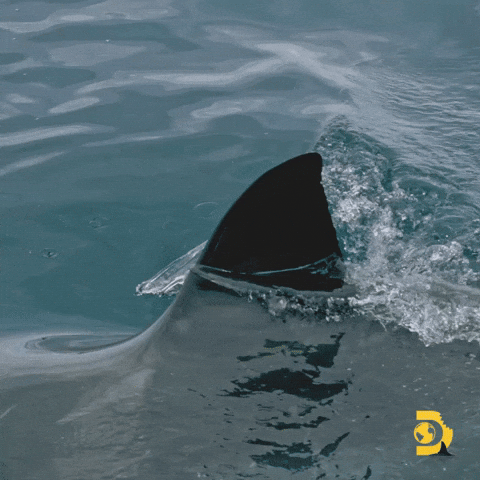The “Egg drop experiment” is a staple in school physics classes, illustrating concepts like gravity and impact resistance. YouTuber Mark Rober (@markrober) decided to elevate this experiment by dropping an egg from space. After working on this ambitious project for three years, Rober shared the journey in a video posted in November 2022. The video has since gone viral, amassing over 106 million views.

Mark Rober, a former NASA engineer turned YouTuber, boasts over 55 million subscribers. Having worked with NASA JPL and Apple, Rober aimed to build a contraption that could protect a raw egg from breaking when dropped from the highest possible height. He detailed this ambitious experiment in his viral video, “Egg drop from space.”
His original thought was to drop an egg off the world's tallest building, the Burj Khalifa in Dubai. “So my original plan was to drop an egg in a contraption I built from the world’s tallest building,” but then he realized that humans keep on constructing taller buildings, so he needed to go all the way to outer space where the egg would plummet faster than the speed of sound. Initially, he didn’t know that this be the most “physically, financially, mentally, draining video he would ever attempt.”

Describing the details of his plan, he said, “The plan was to clamp an egg to the front of a rocket, then attach that rocket to a weather balloon, and take it up to space. Once there, the weather balloon would release it, and just by using gravity, the rocket would eventually accelerate, breaking the speed of sound, and then it would autonomously adjust the four fins on the back to steer itself to the target location, and then at 300 feet above the ground, it’d release the egg, which would free fall onto a mattress that we placed on the ground. And then all seemed pretty straightforward.”
Together with his team of engineers, they broke the task into smaller steps, starting with calculating the terminal velocity of the egg. Terminal velocity (TV), according to ScienceDirect, is “the constant speed reached by a falling object when the gravitational force equals the drag and buoyancy forces acting on it, causing it to fall uniformly at that speed.” Mark revealed that, for humans, this value is about 120 miles per hour. He did some math to determine that for an egg, the TV would be 75 miles per hour.
To test if the egg wouldn’t break at its terminal velocity, they carried out their first test using a mattress. The egg didn’t crack, he exclaimed with excitement. Then he visited the town of Gridley, California, where the plan was to set the target mattress for the egg to land in the middle of the field. In the egg-rocket to be launched, they embedded several intricate mechanisms. One was an “oven with heaters,” which was to protect the egg from freezing so it wouldn’t crack during the journey. Then, there was a mechanism to release the egg plus a GPS tracker attached to the back of the rocket. All was set for the highest egg drop. They had the world’s largest mattress and an egg they retrieved from a pen in Gridley.

They began the drill with what they called the “flight characterization test,” to test the rocket fins at a low altitude of 10,000 feet. Pre-launch preparations started early morning the next day at the launch site. To amp up the egg’s flight, they made a last-minute decision to add a metallic streamer to the back of the rocket to make it easier to visually track. They also released the helium from the weather balloon.

As the dramatic music played in the background, the footage showed a balloon rising in the air, while they tracked the balloon’s motion on their computer. During the flight, suddenly the fins rolled the rocket into an uncontrollable death spiral, causing the egg to hurtle down fast from 1400 feet. “Check the mattress,” one man said. They headed to track it down and check the status of the egg. Sadly, the egg ended up breaking.
Undeterred, Mark, then reached out for advice from his friend Adam Stelzner, a PhD from Caltech and also the chief engineer for NASA’s Perseverance rover. Stelzner indeed spotted an error in the lines of code, which they fixed. “We would still go into space on a weather balloon but this time, the rocket would have fins that didn't move and it would be three times as long and four times as heavy to guarantee that we would get the egg to supersonic speeds on the way down,” Mark said in the video.
Continuing his explanation, he said, "Just like NASA separates the crew stage in the upper atmosphere and then uses arrow braking to dissipate a bunch of energy and speed, we would separate from the back half of the rocket about halfway down after we'd already broken the sound barrier and because this is now weighed much less, it would naturally error break and reduce its speed to the new lower terminal velocity."

One more time, they launched the egg-rocket upwards in a final attempt. Within two hours of liftoff, some twisting cords got entangled around the mechanism that was designed to bring down the balloon. The entire shuttle started to whizz through the space at 150 mph. Thankfully, the egg jettisoned itself from the sweeping balloon and landed on the mattress. Mark stepped forward and scooped out an egg that was still unbroken. His experiment was a success.

















 Rock deterioration has damaged some of the inscriptions, but they remain visible. Renan Rodrigues Chandu and Pedro Arcanjo José Feitosa, and the Casa Grande boys
Rock deterioration has damaged some of the inscriptions, but they remain visible. Renan Rodrigues Chandu and Pedro Arcanjo José Feitosa, and the Casa Grande boys The Serrote do Letreiro site continues to provide rich insights into ancient life.
The Serrote do Letreiro site continues to provide rich insights into ancient life.




 Music isn't just good for social bonding.Photo credit: Canva
Music isn't just good for social bonding.Photo credit: Canva Our genes may influence our love of music more than we realize.Photo credit: Canva
Our genes may influence our love of music more than we realize.Photo credit: Canva
 Great White Sharks GIF by Shark Week
Great White Sharks GIF by Shark Week

 Blue Ghost Mission 1 - Sunset Panorama GlowPhoto credit:
Blue Ghost Mission 1 - Sunset Panorama GlowPhoto credit: